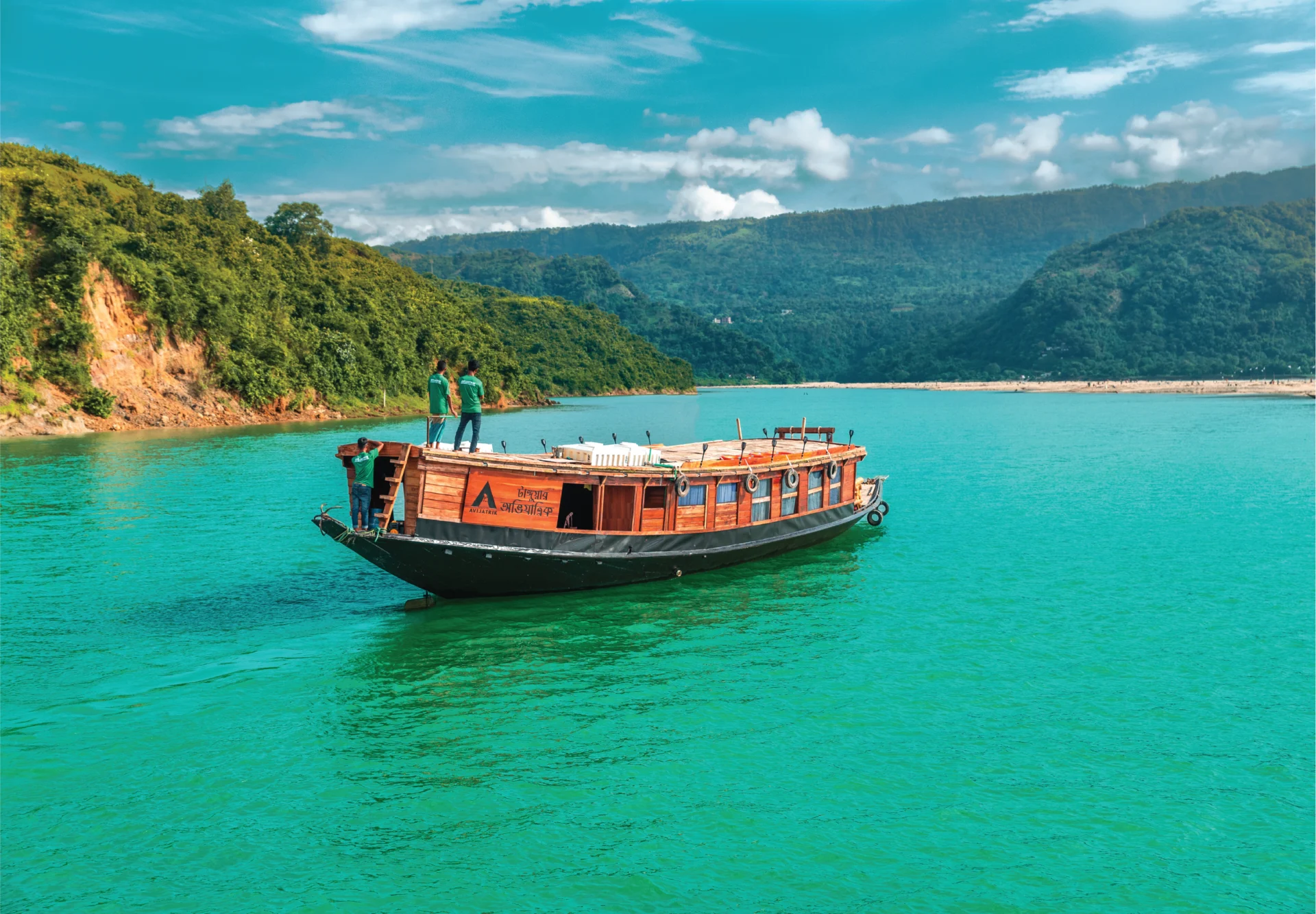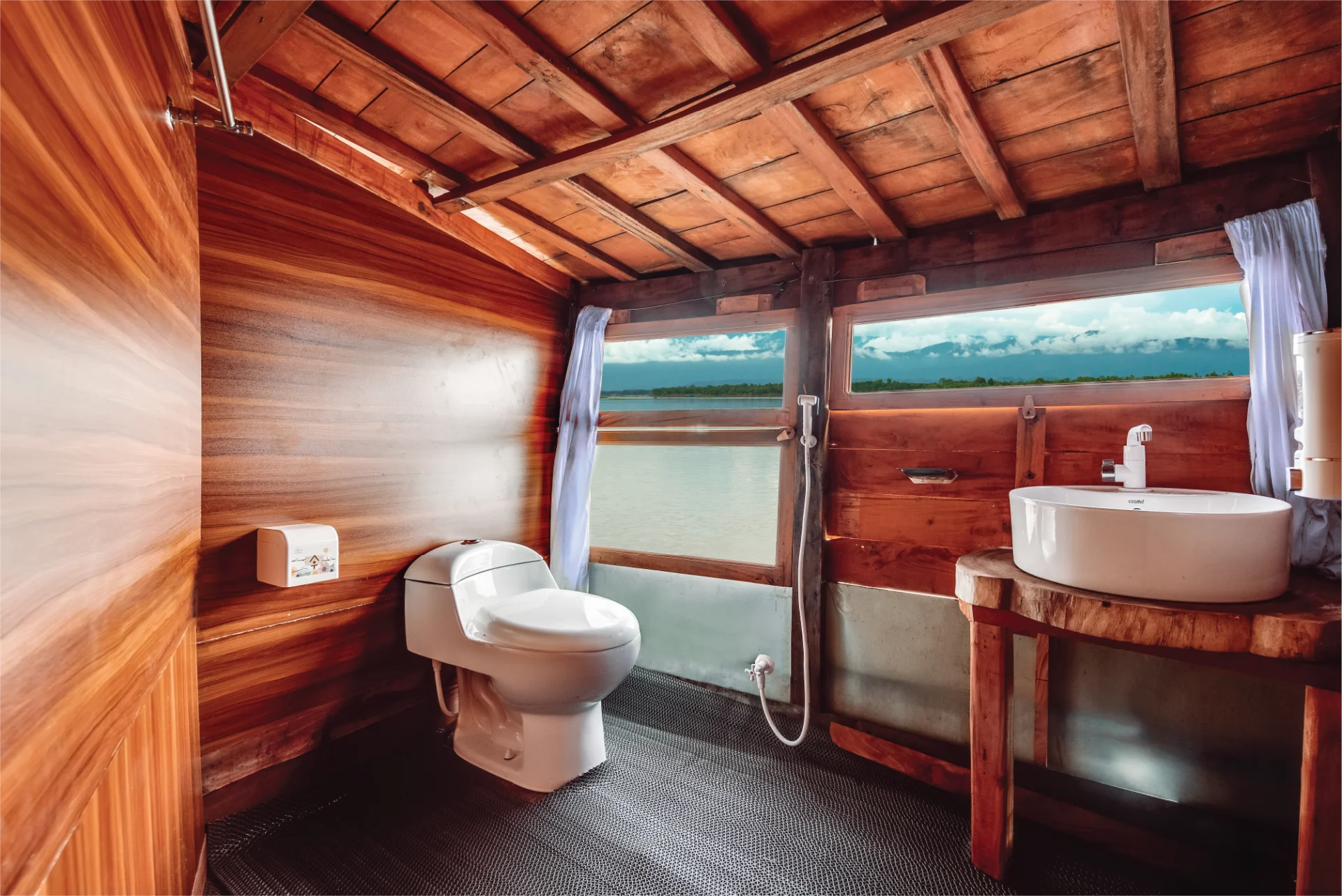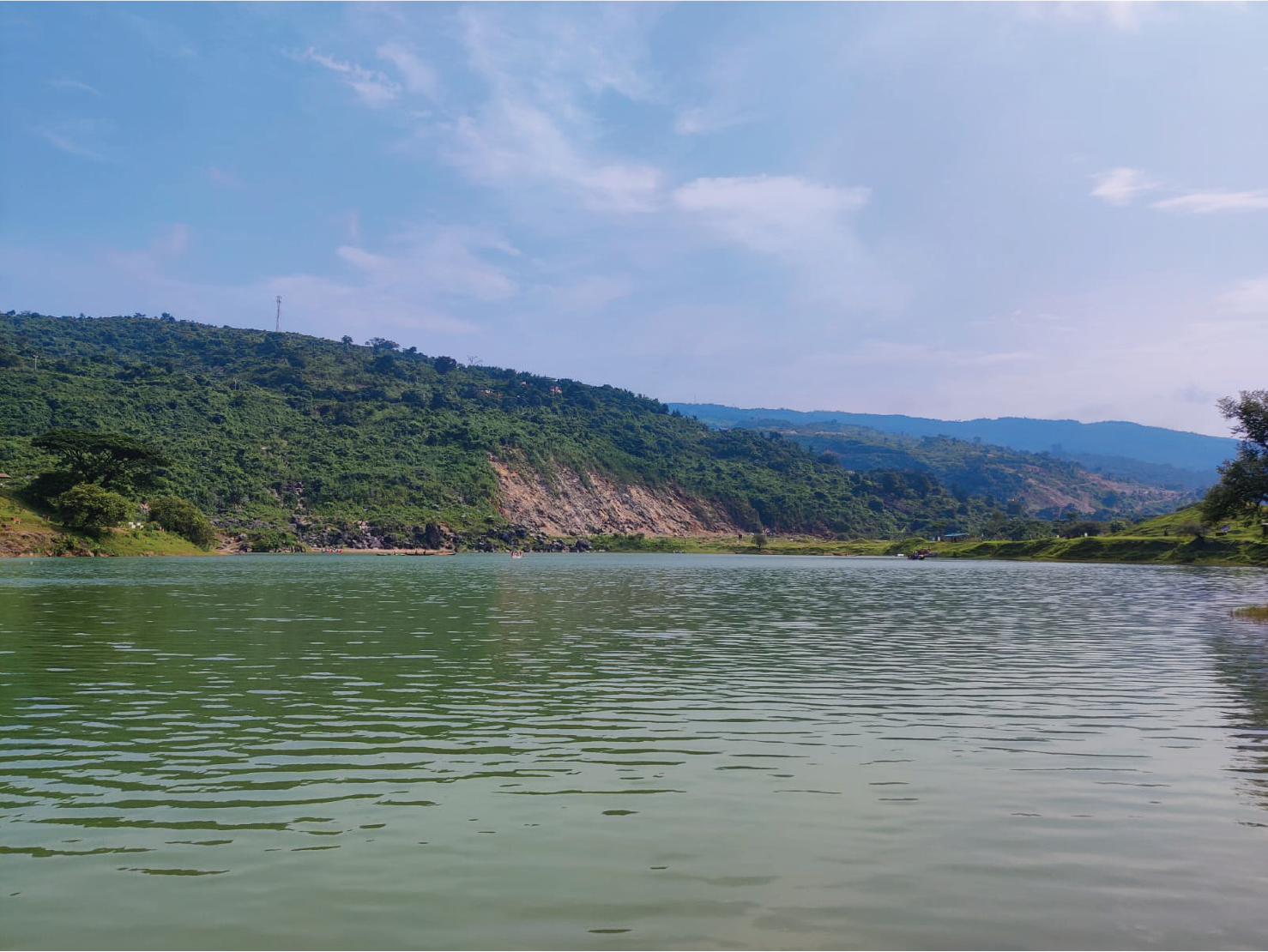
If you have ever had the blessing to travel extensively in Bangladesh, there is something in particular about her geography that you must have noticed: the plethora of her beautiful waters. Being the largest delta on earth, perhaps it is unsurprising that Bangladesh has her own unmatched collection of breathtaking, fericious, and soothing wetlands, rivers, and other different types of water bodies, and of course the mighty Bay of Bengal, where every drop meets.

A notable part of Bangladesh’s water bodies are wetland ecosystems in the north-eastern part of Bangladesh, which are physically a bowl or saucer-shaped shallow depression, locally called a “haor”, which is basically known as a backswamp. During monsoons, haors receive surface runoff water from rivers and canals to become vast stretches of enchanting, turbulent waters. Over the course of the past few years, Tanguar Haor, located in Dharmapasha in Tahirpur upazila, Sunamganj district of greater Sylhet region, and the foothills of India’s Meghalaya, have cemented their place as a sensation amongst the minds of all types of tourists and travelers. Especially with the rise of travel vlogs and other types of travel-related videos in this time of social media and influencer culture, the popularity of spaces like Tanguar Haor skyrocketed. Even in off seasons, tourists and travelers of all types flock to Tanguar Haor to immerse themselves in it or to simply witness its allure. But what makes Tanguar Haor so addictive is the essence of its inexplicable aura of spirituality. Shutting your eyelids and just listening to the sounds of Tanguar Haor’s bluest of waters will engulf you and take you to a serene wonderland that is impossible to encapsulate with words.
Spaces like Tanguar Haor always have their own stack of mythical tales and different kinds of histories. One such thing that goes hand in hand is music. The original stories of local music genres and the backdrops of many legendary creations are closely related to water. One such is a type of folk music called “Ghetu Gaan”, which originated from such types of wetland areas where parts of the year were dry and everyone was busy working in the fields, taking care of livestock etc. and had nothing much to do during the entire monsoon, is when the inhabitants, especially the boatmen and local poets and musicians, organically started crafting such music. Another very interesting fact about this art practice is that teenage boys were dressed up as girls to perform and dance in Ghetu Gaan. In fact, the plot of the last ever movie made by the legendary Bangladeshi novelist and filmmaker Humayun Ahmed, “Ghetuputro Komola,” revolves around the practice of Ghetu Gaan. The practice itself has a lot of very interesting and tragic histories. Although this particular practice is almost extinct now, other kinds of music are still an integral part of our lives. Tanguar Haor is also one of the largest natural water reservoirs in South Asia. This natural wonder is the second largest freshwater wetland in Bangladesh spread over an area of about 126 square kilometres, and is a reservoir of trees, fish, birds and natural biodiversity. More than 30 fountains from the world’s rainiest Meghalaya hills merge in this haor. The Tanguar Haor is called the mother of all haors and the mother of fisheries as well, with a catchment area of 12,665 hectares (31,275 acres) of land. Tanguar Haor is the largest wetland consisting of 51 haors in 18 mauzas of two upazilas (sub-districts) in Sunamganj. 30 square kilometers of water-logged main haor and the rest is residential and agricultural land. There are 88 villages in and on the banks of the Haor area. When the water dries up in the winter season, the banks (‘kanda’ in local language) of about 24 beels wake up, only the inner part of the kanda (banks) has the original beel, and the local farmers cultivate winter crops and boro paddy in the dry part. During this time the area was also used as a pasture. Migratory birds take shelter in the high banks (kanda) of Haor, submerged in water during monsoons. The haor is also known in Bangla as “Naikuri Kanda’s Chaikuri Beel” to the local people. IUCN is working to protect the biodiversity of this region.
Tanguar Haor’s landscape is characterised by its seasonal flooding and drying cycles, creating a dynamic and ever-changing environment. During the monsoon season, the haor swells as it receives water from the surrounding hills and rivers, covering the land in a shimmering expanse of water. In contrast, the dry season reveals a mosaic of shallow lakes, marshes, and lush green fields, exposing the intricate network of channels and water bodies that define the region’s unique ecosystem. This cyclical transformation is a key feature of Tanguar Haor’s nature, influencing its diverse flora and fauna and contributing to its rich biodiversity. The haor is home to a rich variety of aquatic and terrestrial flora that thrives in the wetland ecosystem. Its waterlogged environment supports a profusion of aquatic plants, including water lilies, lotus, and various submerged grasses. These plants play a vital role in providing habitat, shelter, and food for the area’s diverse aquatic fauna. Along the highway’s edges, you’ll find an assortment of riparian vegetation, such as reeds and sedges. These plants help stabilise the shoreline, prevent erosion, and offer refuge to various small mammals and birds. Mats of floating vegetation, including duckweed and water hyacinth, are common sights on the lake’s surface. These mats provide a crucial food source for herbivorous aquatic animals and create hiding places for fish. During the dry season, the area’s submerged grasslands emerge, providing feeding grounds for waterfowl and grazing areas for cattle. These grasslands are also important for the farm’s agricultural activities.
It is home to over 200 species of fish. The seasonal flooding provides an ideal breeding environment for many of these fish, sustaining local fishing communities. The wetland is also home to various reptiles and amphibians, including snakes, turtles, and frogs. Some of these species are highly adapted to the aquatic environment and play essential roles in the ecosystem. Though not as conspicuous as the avian and aquatic life, the place is also inhabited by mammals such as otters, fishing cats, and various species of bats. These mammals contribute to the habitat’s ecological balance. Furthermore, birdwatchers flock to Tanguar Haor to observe its rich avian diversity. The harbour is a critical breeding and feeding ground for both resident and migratory bird species. Notable avian inhabitants include the Greater Adjutant Stork, Masked Finfoot, and Spot-billed Pelican.
Tanguar Haor’s biodiversity and ecological importance have garnered international recognition. In 2000, it was designated as a Ramsar Site, signifying its significance as a wetland of global importance. It is the second Ramsar wetland site of Bangladesh, after the Sundarbans. In monsoon, the harbour becomes like an ocean. Grey skies above, pouring drizzles in a jazzy mood, and pristine blue at your reach — only water as far and beyond you can see — as you jump into the heart of Tanguar Haor, or when the sun had kissed good-bye hours ago and you are having the best dinner of your life on the roof of your rented house boat, amongst your most loved ones as your laughter floats with the serene breeze — these are the moments that people discover themselves in the nature and remember throughout their life.
Written by Shahbaz Nahian










